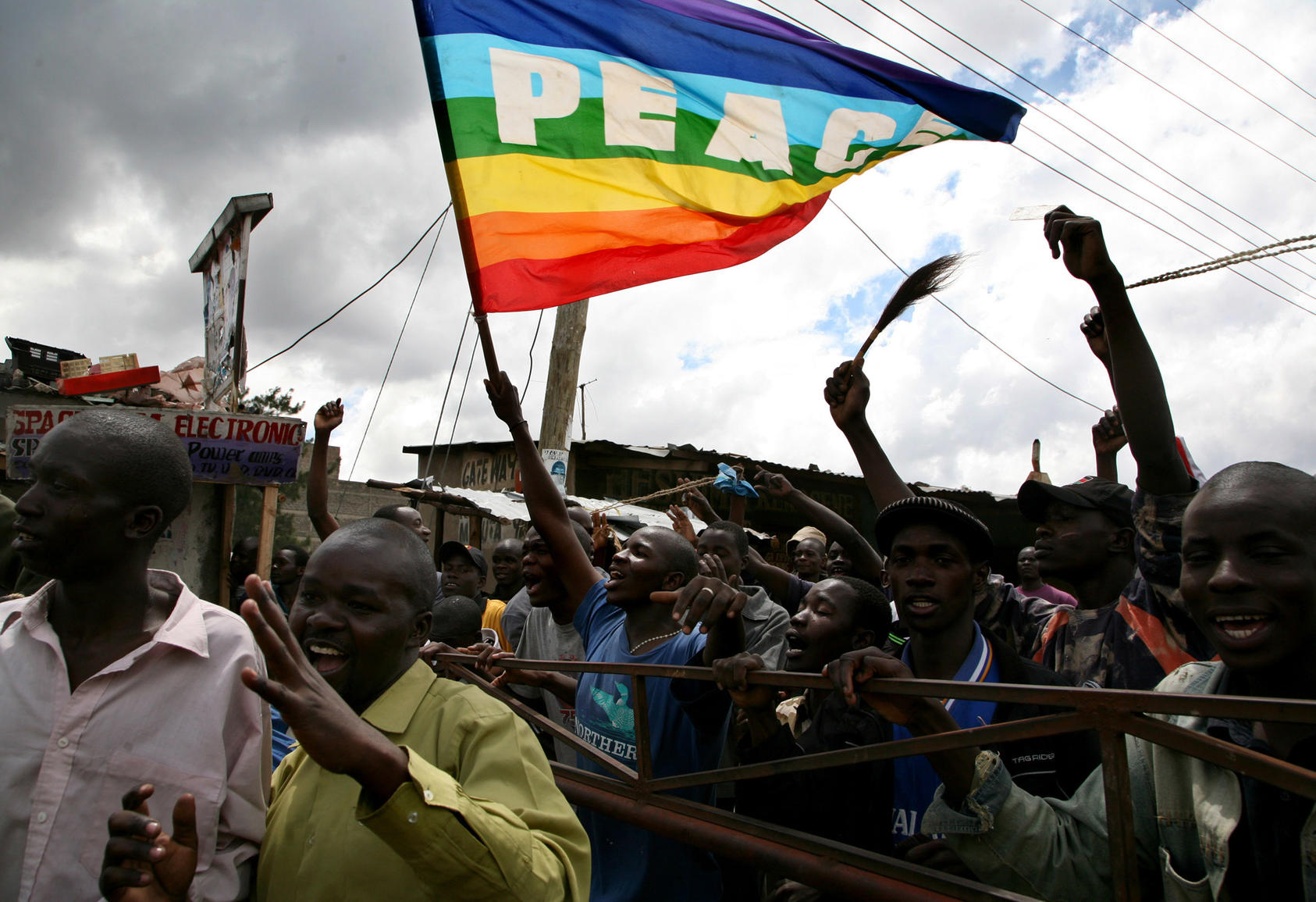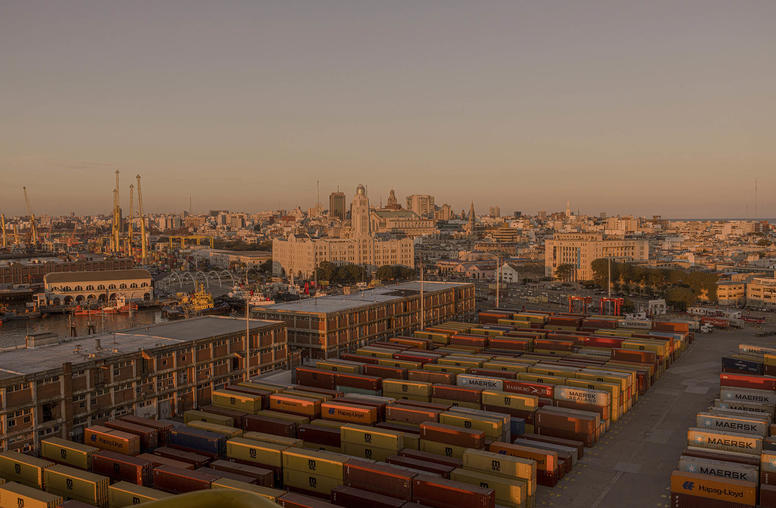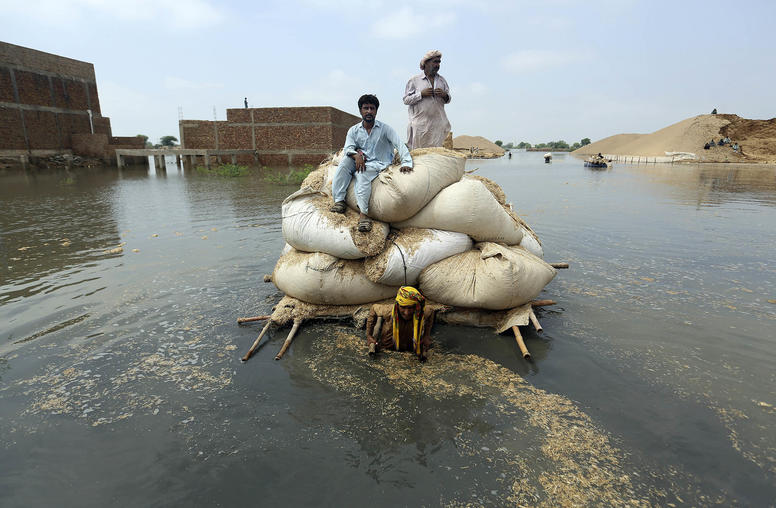When China’s national legislature passed a landmark bill in December 2015 outlawing domestic violence, it was the result of an unusual civic movement that reached far beyond groups concerned with violence against women. Instead, HIV-AIDS organizations, LGBTQ activists and legal experts joined the campaign in a cross-issue alliance that pressed Chinese lawmakers to confront the issue. “It was our first victory as a grassroots movement in China,” a Chinese activist explained during a July 10-13 Human Rights Funders Network conference in New York. Their success illustrates the importance of building cross-sector, cross-issue alliances to effectively—and nonviolently—advance rights and social justice, especially amid crackdowns on civic activism worldwide.

The New York conference of over 200 philanthropists and activists, entitled “Map, Resist, Support,” emphasized the need to help human rights defenders broaden their constituencies and invest in building movements to challenge unjust power structures. In Kenya, after the government imposed a restrictive law against non-governmental organizations (NGO’s) in 2007, grassroots groups, human rights organizations, humanitarian NGOs, professional groups and the private sector formed a broad-based alliance and successfully pushed back against the law.
The funders’ meeting highlighted three essential principles for supporting peaceful change:
Learning from other sectors and movements is critical to improve the knowledge, skills and effectiveness of human rights activists. The leader of a U.S.-based immigrant rights group described how a land-reform movement in Chile taught them about combining nonviolent resistance with work inside government institutions to maximize effectiveness. Donors should support efforts to establish safe places for activists to meet, and they should invest in peer connections and initiatives that build solidarity across movements and geographies. A recent survey of over 1,100 activists from 10 closed and semi-closed countries highlighted the value of investing in community organizers and their ability to learn from each other.
Investing in community-based approaches to civilian protection allows human rights activists to resist and persist. In recent years, collusion between governments and influential civilian institutions—notably organized crime and private corporations—has increased harassment, threats, attacks and killings of human rights defenders and communities. The assassination of Honduran human rights and environmental activist Berta Caceras in March 2016 was a tragic example.
Civilians can be better-protected when they organize diverse groups within their communities to push back against armed opponents. Donors should invest in local collective action, community support structures, and trauma healing to help societies withstand potential threats to citizen mobilization. Communities in Kenya pushed back against violent extremist elements by organizing community watch structures. During the 50-year-long civil war in Colombia, communities established autonomous dispute resolution mechanisms and carved out peace zones to protect civilians from armed groups.
Funding long-term, flexible partnership models with fewer restrictions for NGOs, grassroots groups and movements allows them to develop proactive strategies and respond quickly to changes. Donor funding of short-term projects with fixed timelines, specific and pre-ordained results and time-consuming paperwork has weakened civic groups’ ability to connect with local constituencies.
Community philanthropy and donor funding that responds rapidly, funds experiments with new approaches, and invests in movement leadership and organizing structures can help activists and civic leaders innovate, strategize and navigate in an era when more and more governments are trying to eliminate them entirely.


